Hello everyone, when you think of temples and shrines around Kamakura, what comes to mind?
There are famous shrines and temples like Tsurugaoka Hachimangu, Kōtoku-in with the Great Buddha, and Hasedera. But one you definitely shouldn’t miss is Kenchōji! It’s personally one of my favorite temples, either first or second on my list.
Located somewhat midway between Kamakura Station and Kita-Kamakura Station on the JR Yokosuka Line, Kenchō-ji offers a glimpse into the history of Kamakura and the Edo periods, amidst abundant natural beauty. If you visit Kamakura, it’s a must-visit spot!

About Kenchō-ji
Kenchō-ji was founded in 1253 by the fifth shogun of the Kamakura shogunate, Hojo Tokiyori. It is the head temple of the Rinzai Kenchoji branch of Zen Buddhism.
Kenchō-ji is renowned as the foremost among the five great Rinzai temples of Kamakura. For reference, the second is Engakuji, and the third is Jufukuji. While all are splendid temples, Kenchō-ji stands out for its magnificence.
The first abbot was Rankeidoryu, a monk from China. The pure and rigorous Zen practices of the Song Dynasty seem to continue to this day.
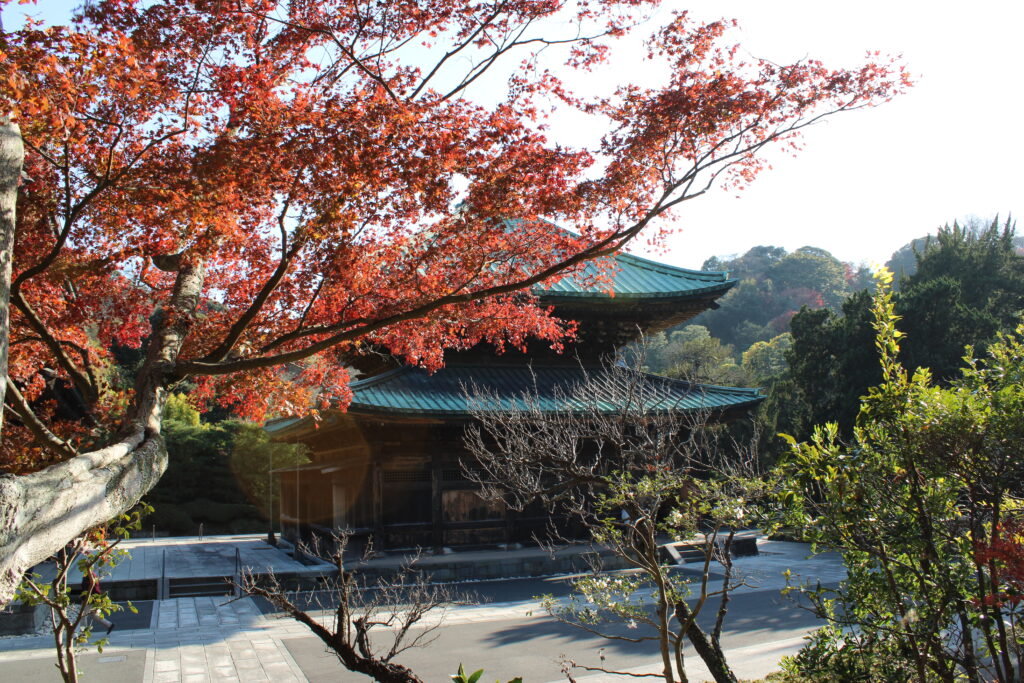
Now, let’s explore the grounds.
Tenkamon, Sōmon, Sanmon
As you enter Kenchō-ji from the main entrance, you’ll pass through three impressive gates.
First, the “Tenkamon”. It boldly states “Rinzai Zen, First of the Kamakura Five Mountains, Kenchoji”. Quite impactful, right?
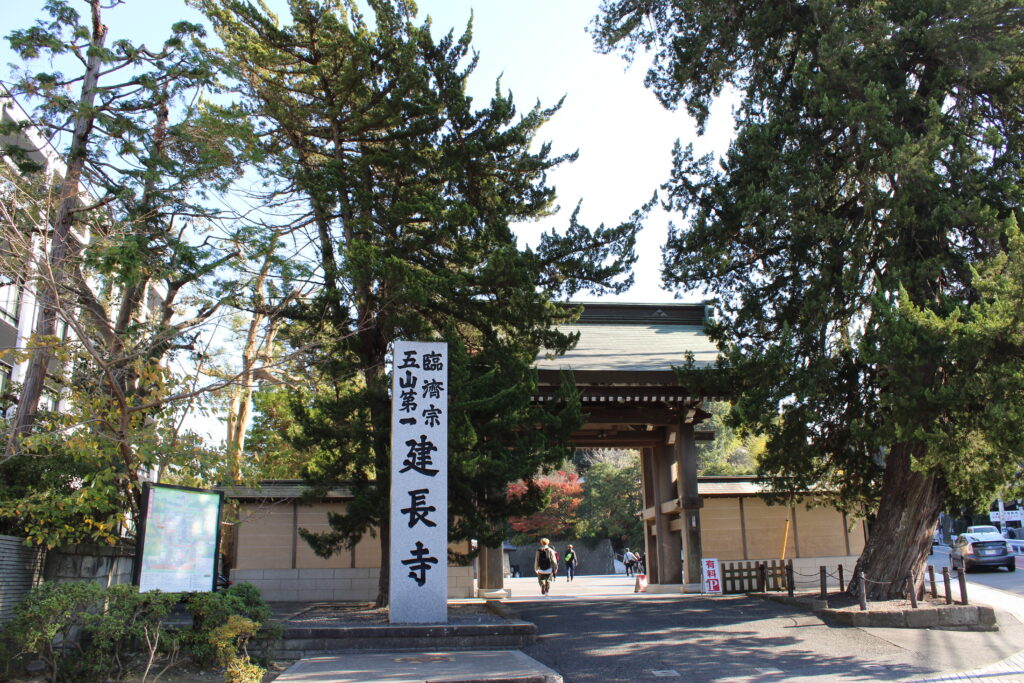
Peeking beneath the gate, you’ll see the words “Tenka Zenrin”. What could this mean?”Tenka Zenrin” is a term used in Japan’s temple and Buddhist traditions, generally referring to a place widely respected as a Zen training ground.
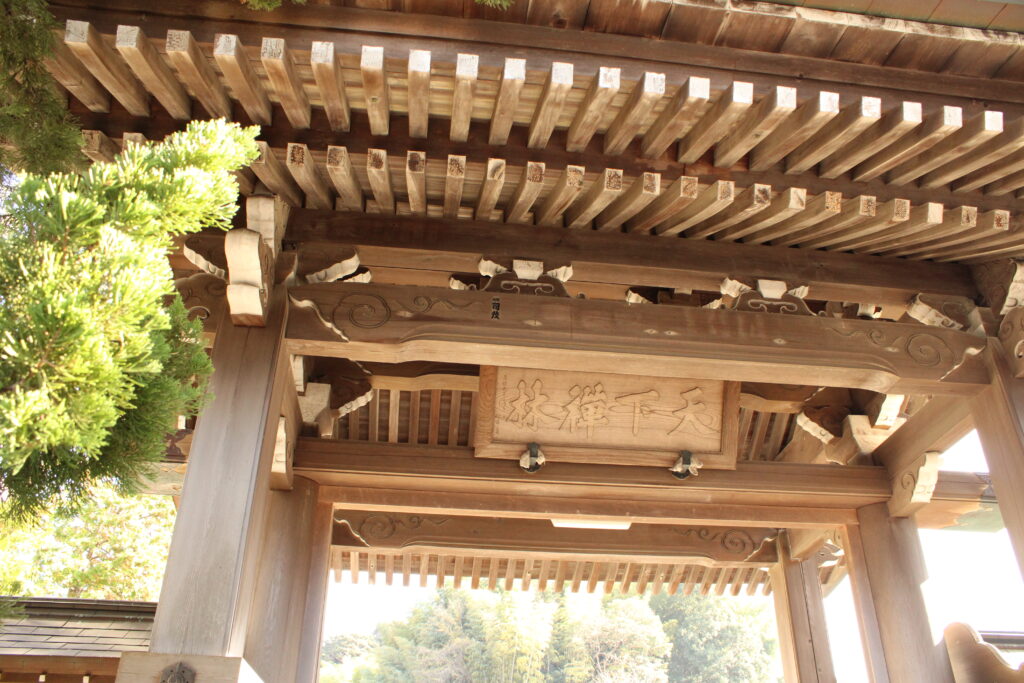
Next, you encounter the “Sōmon”. It was inscribed with “Kyofukuzan”.the main gate was relocated in 1940 from the original gate of Hanjuzanmaiin, which was built in Kyoto in 1783.
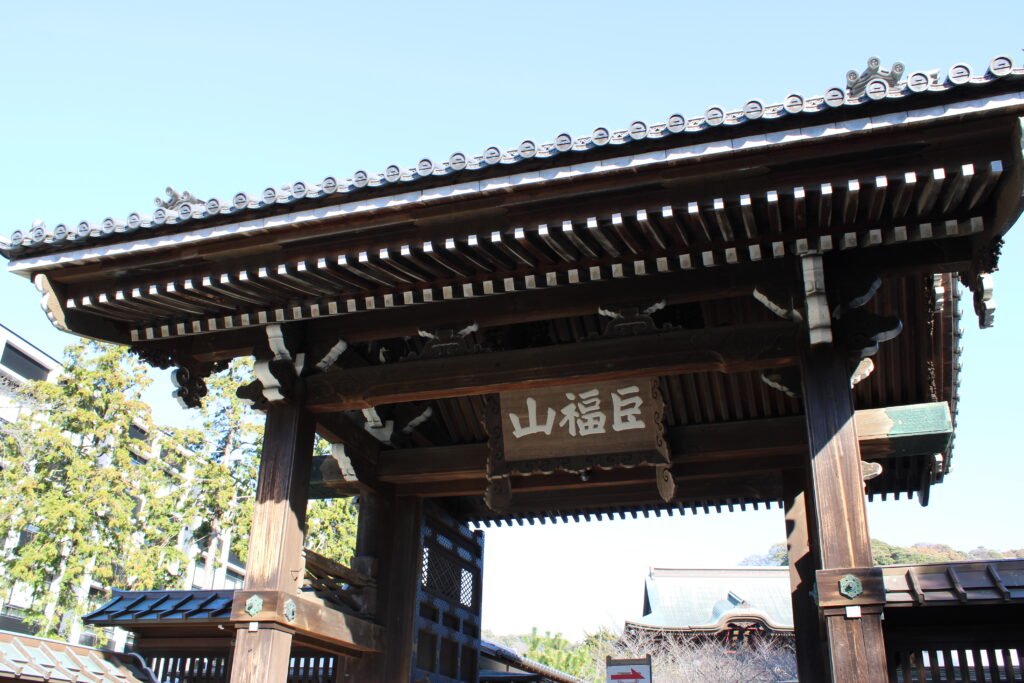
Now, the third gate, “Sanmon”. Designated as an Important Cultural Property, passing under this gate is said to purify the heart. It seems to have been rebuilt in 1775.
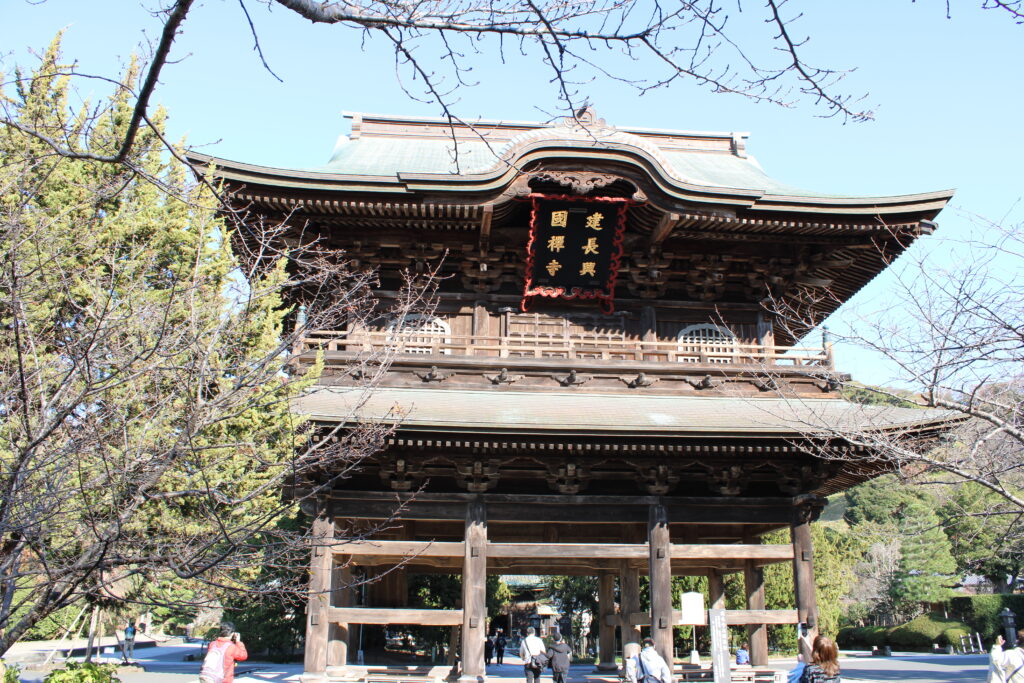
Sazare Ishi (Pebble)
Proceeding through the Sanmon, you’ll notice a peculiar stone. It’s the same type as the one mentioned in Japan’s national anthem, “Kimigayo”. Limestone dissolved over centuries, forming these distinct shapes.
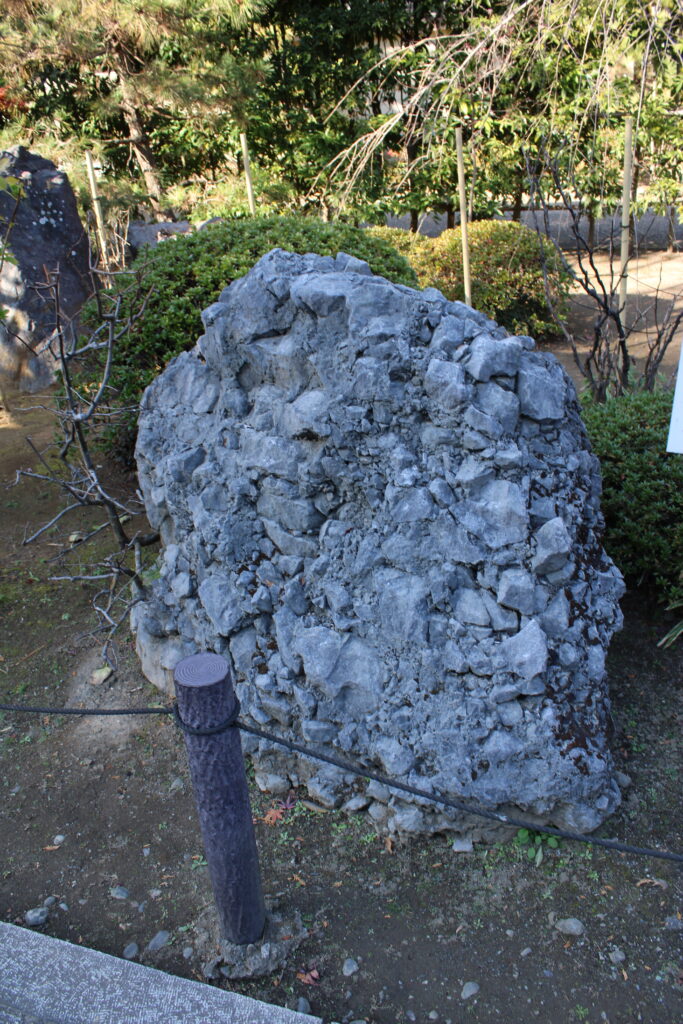
Shōrō
Looking around, you’ll find a splendid bell! It’s the national treasure, Shōrō. Cast in 1255, it has remained here since Kenchoji’s founding. The history it carries is truly remarkable!
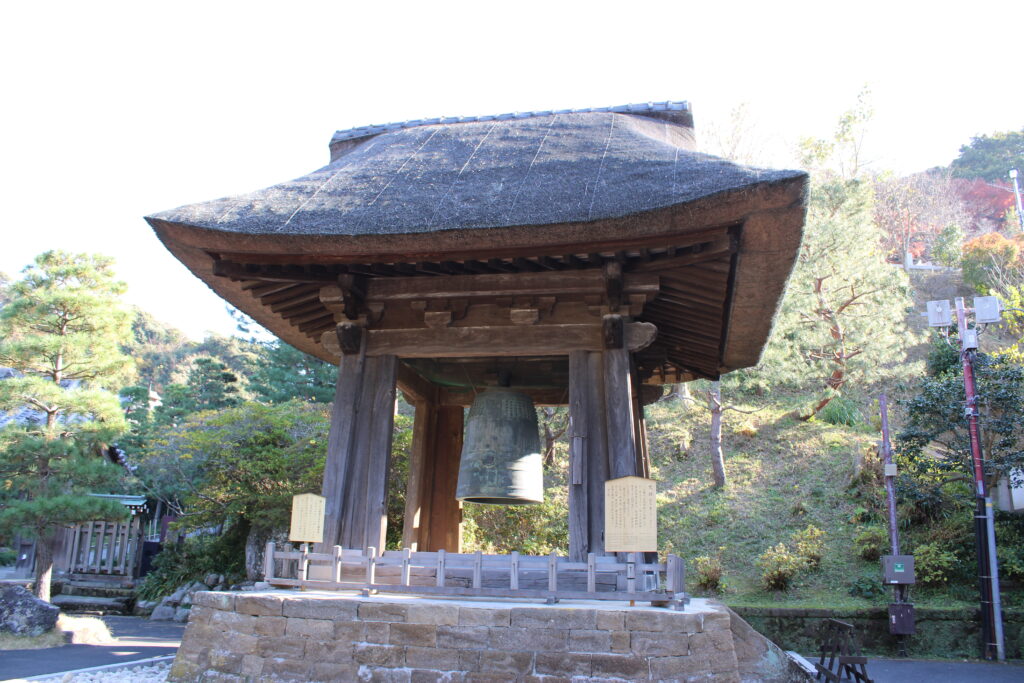
There’s a famous haiku associated with it: “When the bell tolls, the gingko leaves fall, at Kenchoji”. Do you know who wrote it? The answer: Natsume Sōseki, a widely recognized figure in Japan. His image has even appeared on banknotes. It’s quite moving to think he also gazed upon this same bell!
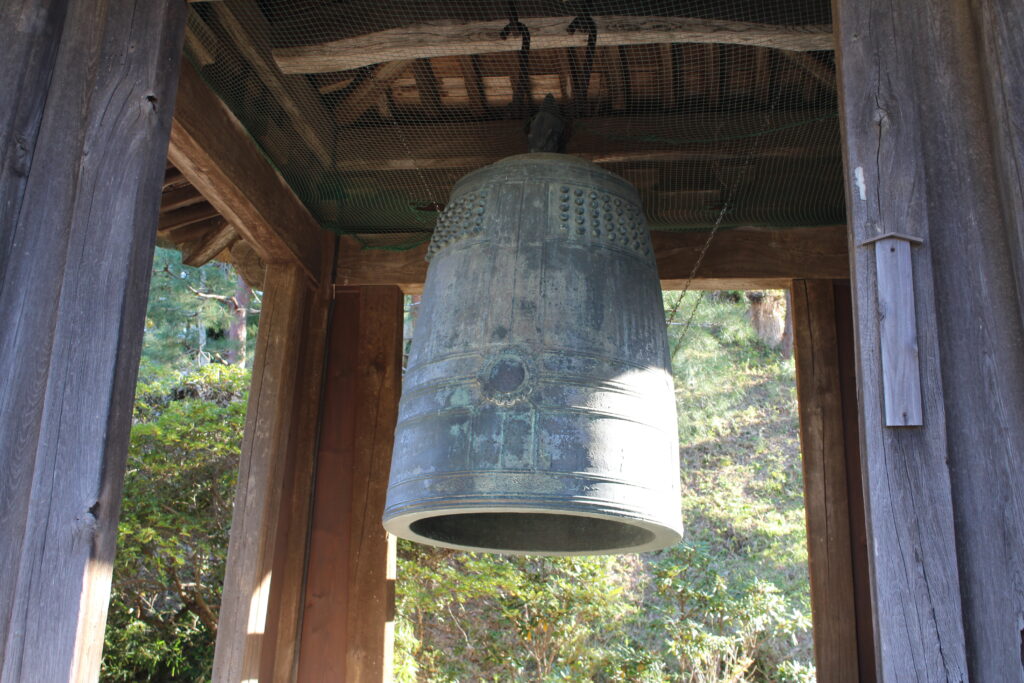
Butsuden (Main Hall)
Next, we reach the Butsuden. Here resides Kenchoji’s principal image, Jizō Bosatsu. This building dates back to its fourth iteration since the temple’s establishment. The current structure was moved here from Zōjōji in Tokyo in 1647. If you would like to know more about the interior details, please visit Kenchoji’s official website.
北鎌倉 鎌倉五山第一位「臨済宗建長寺派 大本山 建長寺」|巨福山 建長寺 (kenchoji.com)
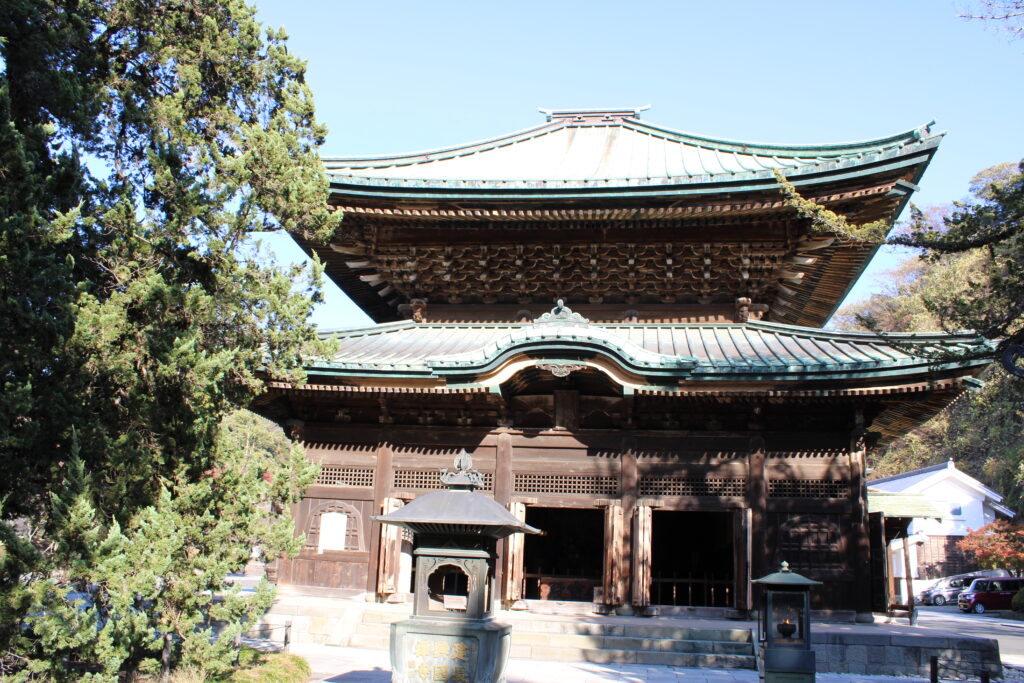
By the way, the surroundings of the Butsuden also hold intriguing elements. Particularly noteworthy is the tree which called “Byakushin” in the lower right photo.
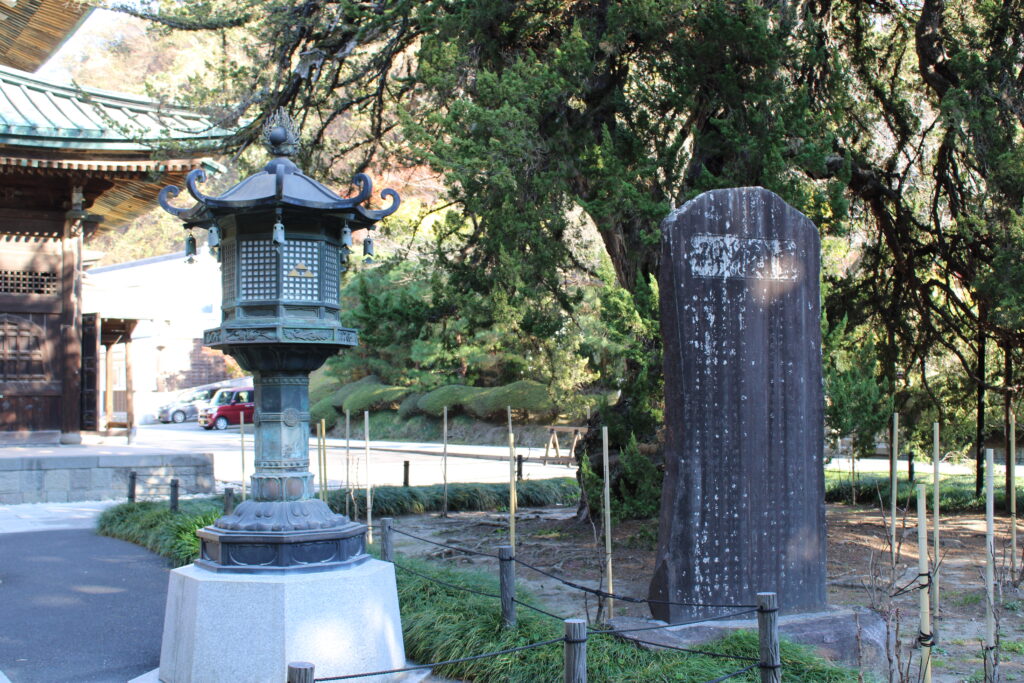
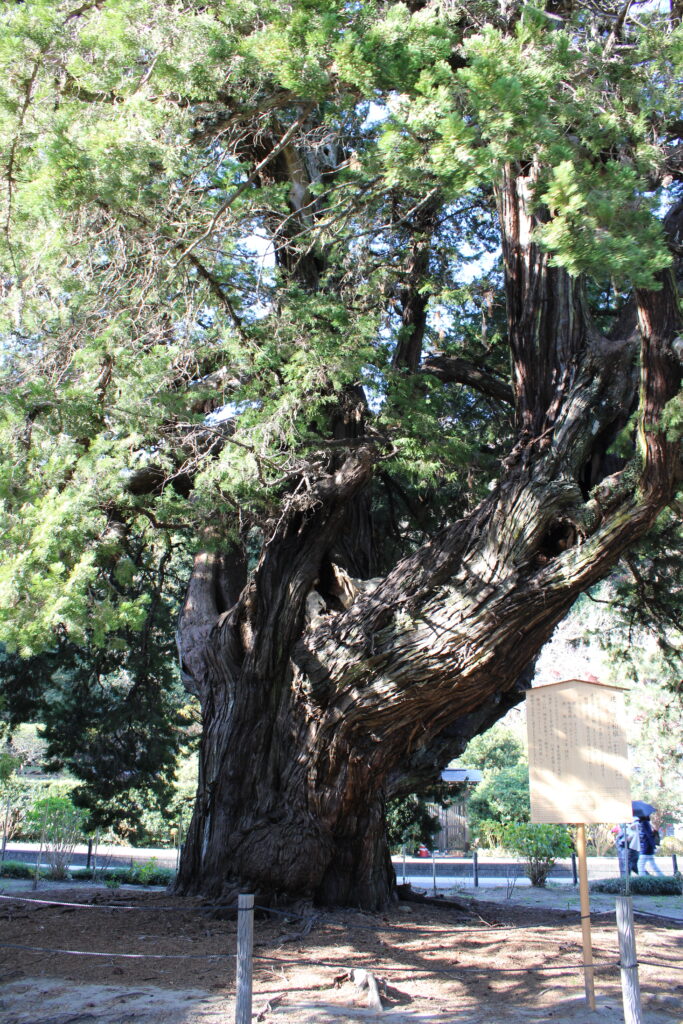
Planted by the hand of Rankei Doryu, it’s said to be 760 years old. Despite numerous challenges such as fires over the centuries, Kenchoji has endured. Its resilience is truly inspiring.
Hattō (Dharma Hall)
Behind the Butsuden, you’ll find the Hattō (Dharma Hall). In the past, Kenchoji served as a training ground for monks, where all residing within the mountain would gather here to listen to the abbot’s teachings and engage in spiritual practice. Today, it’s used for ceremonies, lectures, and exhibitions.
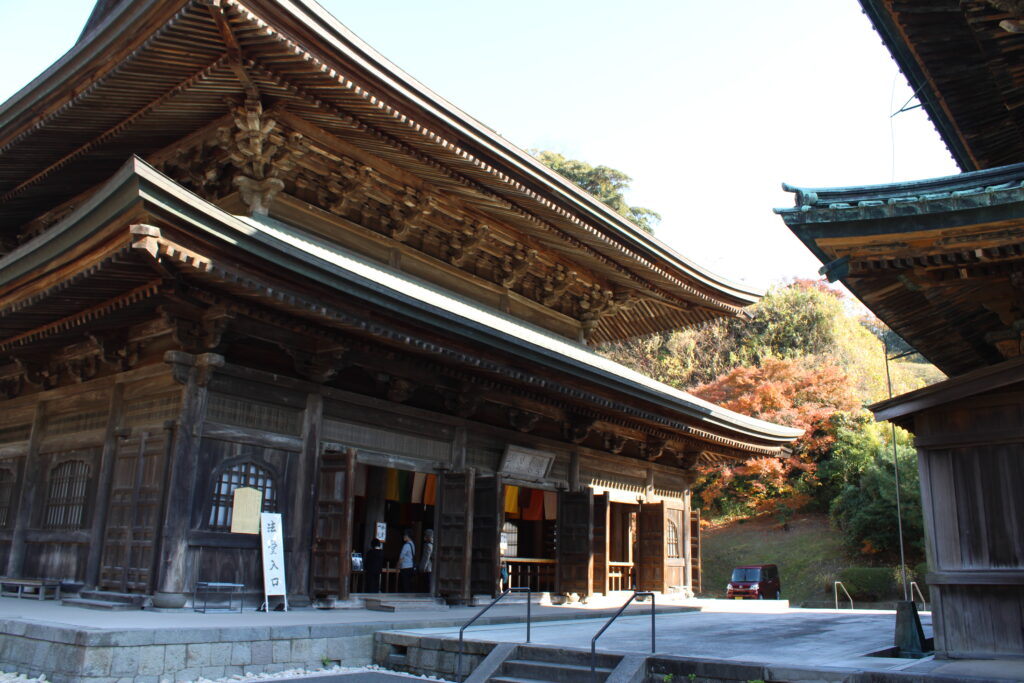
This building was reconstructed in the Edo period, specifically in 1814. Inside, you’ll find the Senju Kannon Bosatsu enshrined at the back. The ceiling features a powerful ink painting of a cloud dragon by the Japanese artist Junzō Koizumi. It’s quite breathtaking.
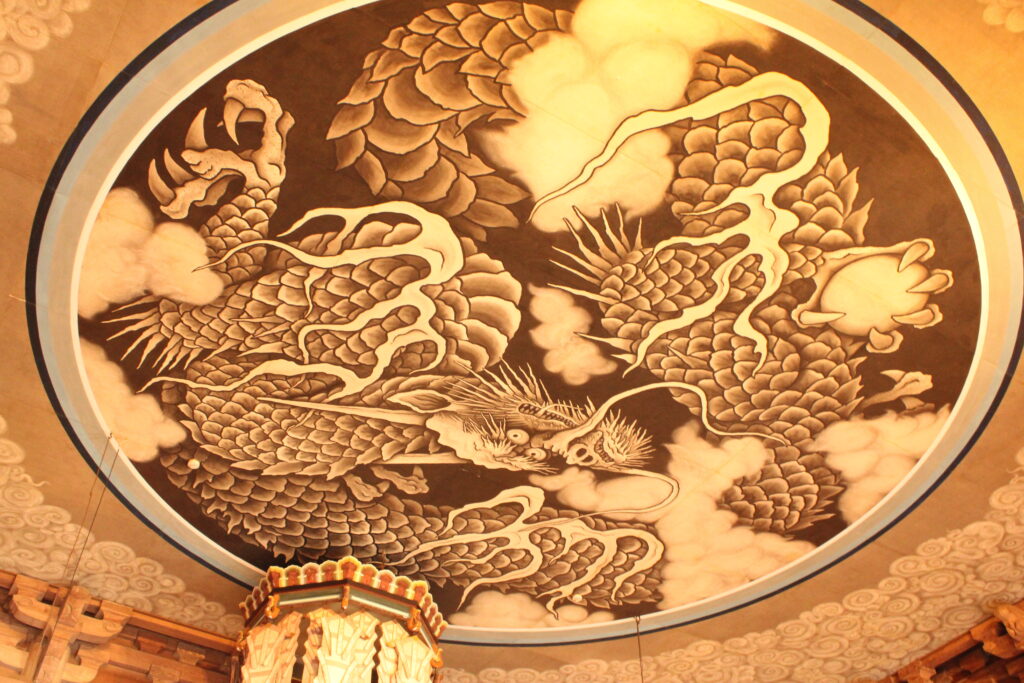
Additionally, in front of the Senju Kannon Bosatsu, there’s a notably emaciated statue that appears almost lifelike—a depiction of the “Buddha in Asceticism”.

This statue was generously donated from a certain country. Can you guess where? The answer is Pakistan. We’re grateful to the Pakistani government for donating such a valuable artifact.
Karamon (Chinese-style Gate)
This is the “Karamon” (Chinese-style Gate), designated as an Important Cultural Property of Japan. Its reflects late 16th-century Japanese architectural aesthetics.
Originally located at Zōjōji, it was donated to Kenchoji along with the Butsuden in 1647.
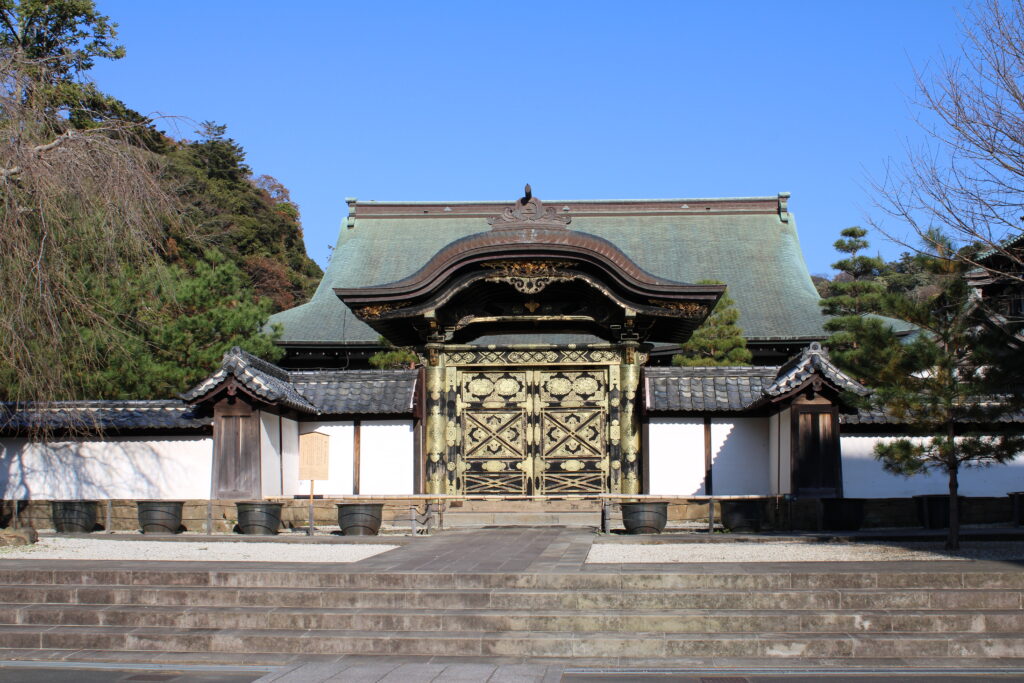
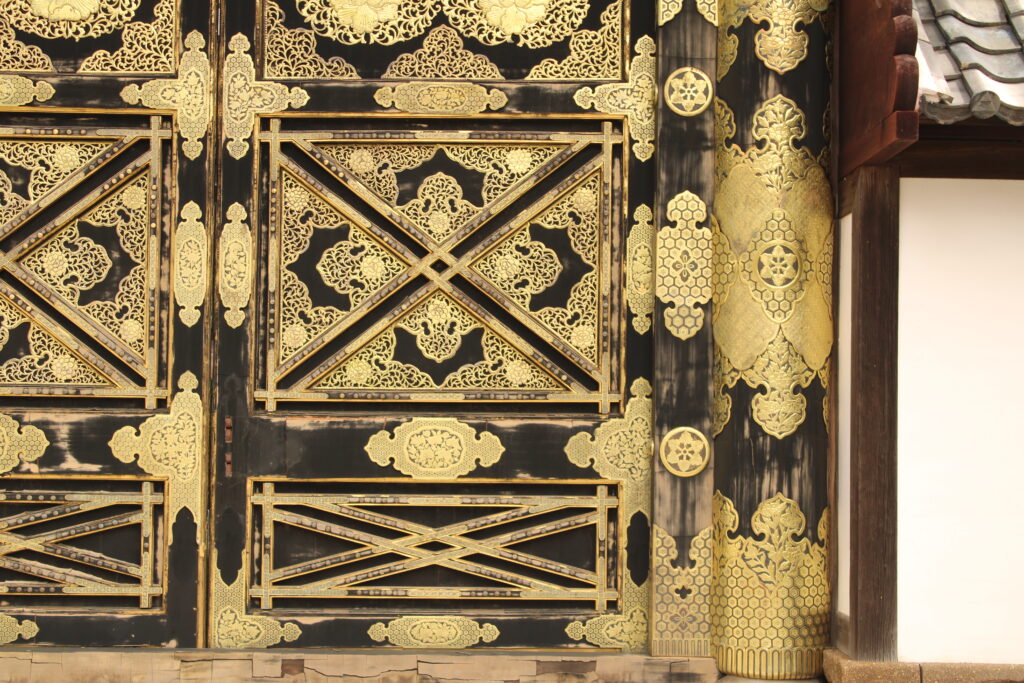
Recommended Seasons to Visit
Kenchoji offers attractions throughout the year, but the cherry blossom and autumn foliage seasons are particularly stunning and highly recommended.
Cherry blossoms, especially near the entrance, provide the most picturesque views.
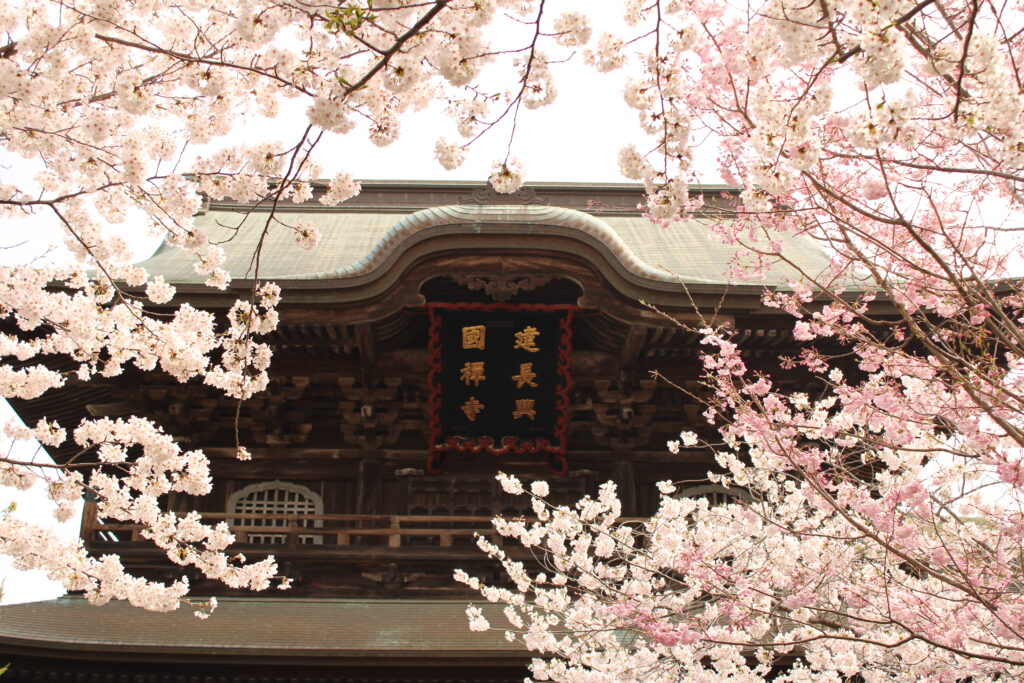

During autumn, the entire temple grounds are beautiful, with the foliage around the innermost Hanzōbō area being exceptionally splendid.
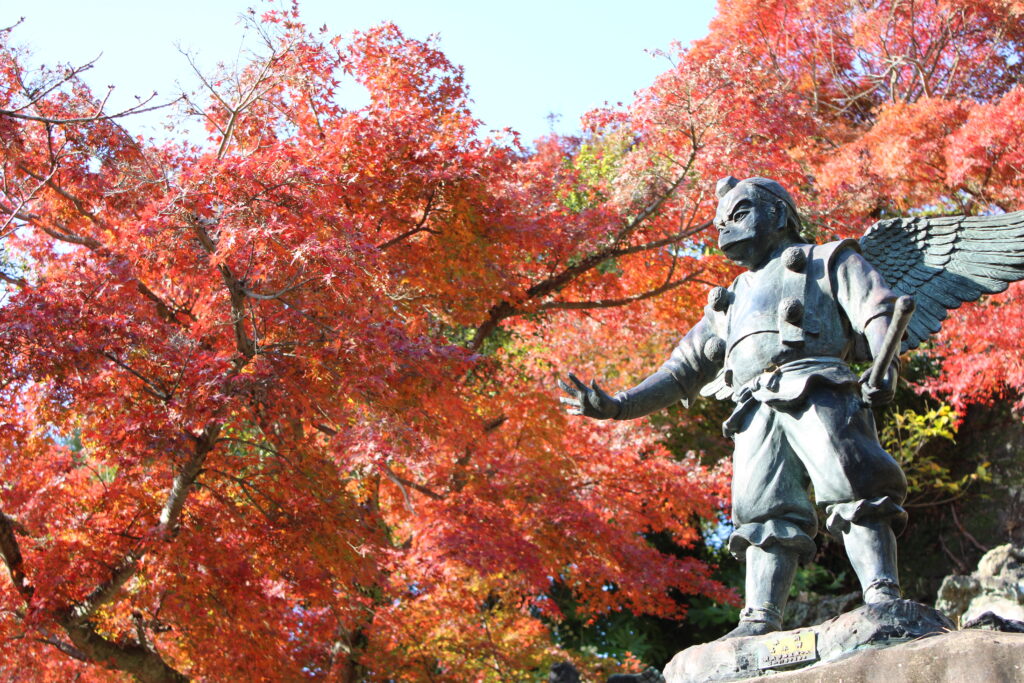
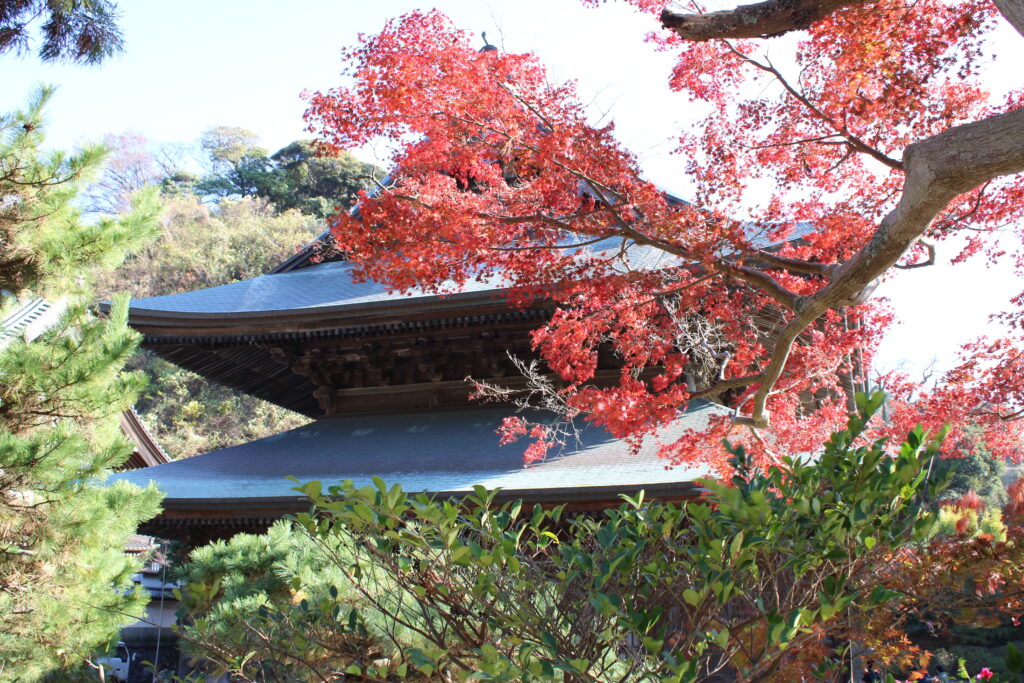
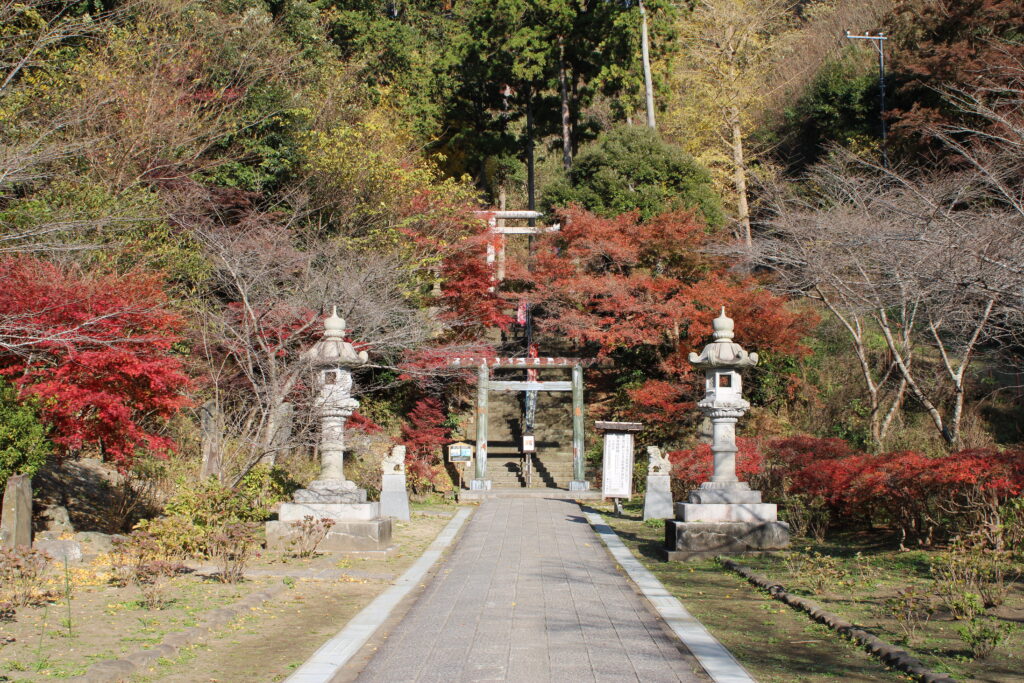
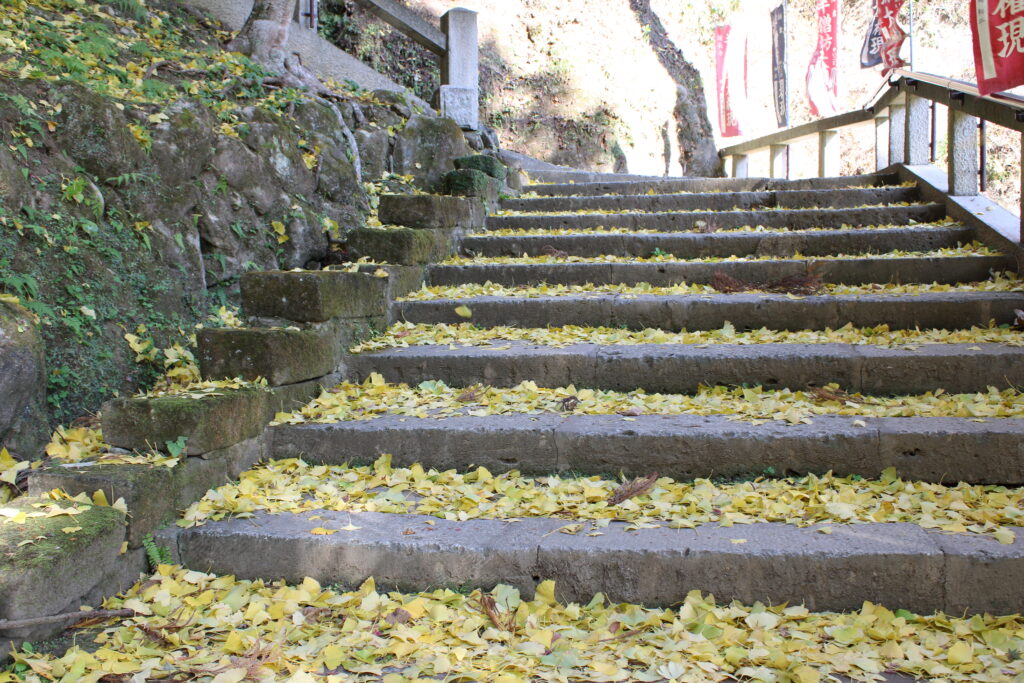
Conclusion
Visiting Kenchoji and witnessing its rich historical treasures has been truly fulfilling. Many structures here were reconstructed or relocated during the Edo period, indicating significant historical events and the support of the Tokugawa shogunate. Despite facing numerous challenges, Kenchō-ji has persevered across centuries, supported by various individuals throughout different eras.
Why don’t you consider visiting Kenchō-ji as well?
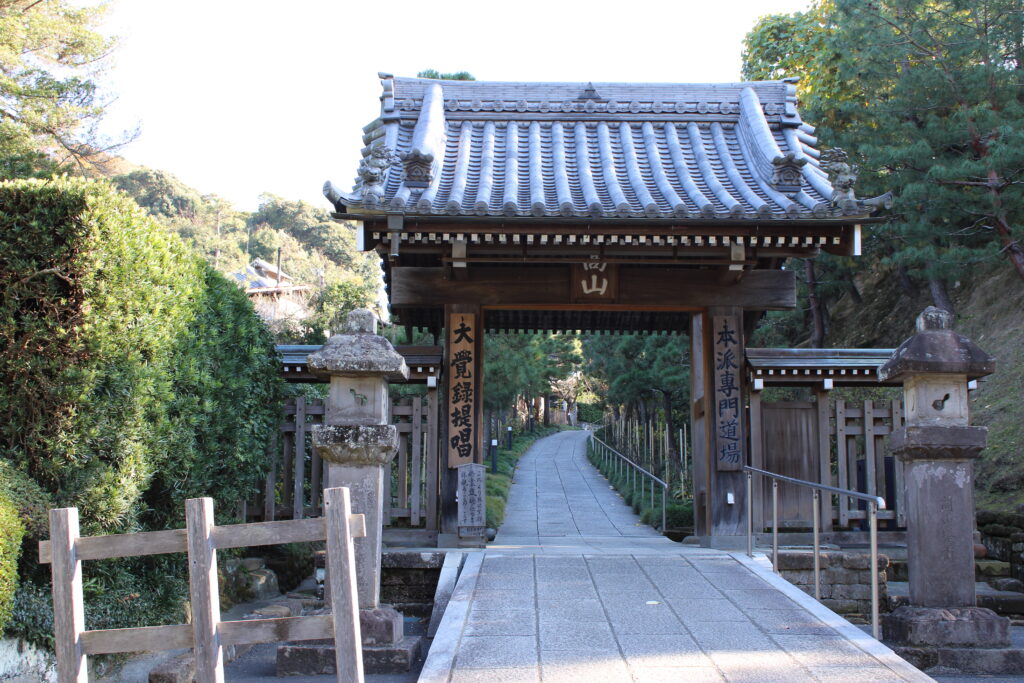
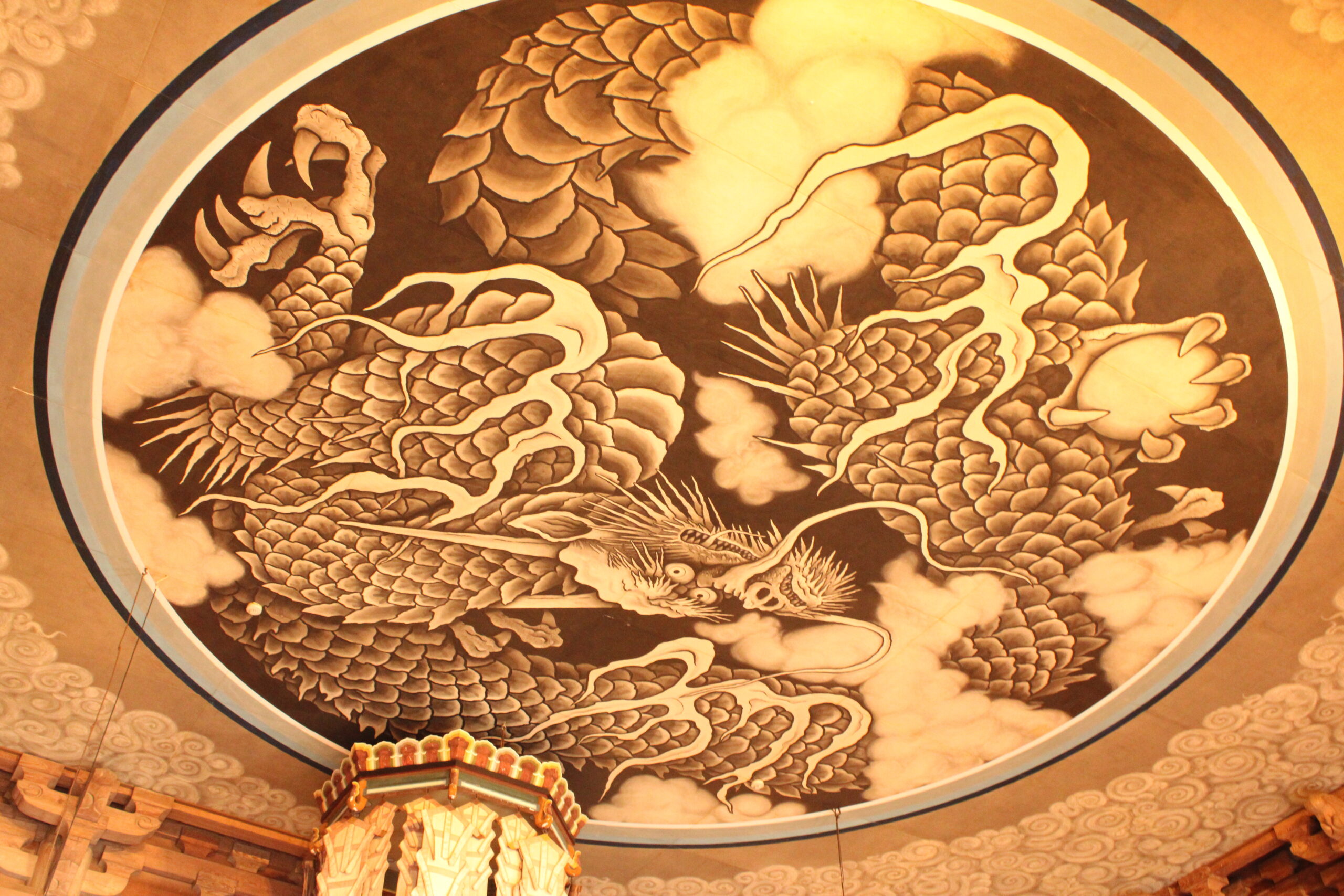


コメント